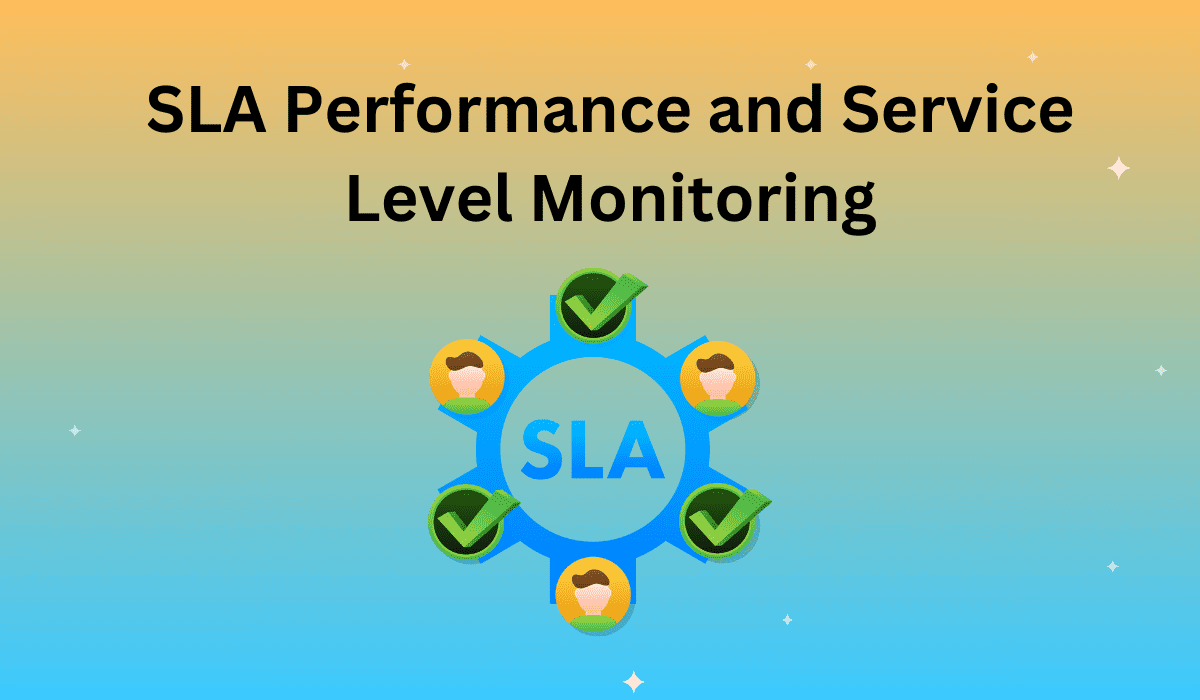The 5 Most Common PC Bottlenecks
What is an SLA?
SLAs (service-level agreements) are the most critical component of any vendor contract.
An SLA describes all the expectations and responsibilities, including the scope and quality of the work, that must be met by the vendor. It also clearly defines the penalties–or any acceptable alternative solutions–if the work falls short of these requirements. Think of an SLA like a watchdog for any third party services.
The SLA document lays down all relevant metrics, describing the parameters of the work (which are actually different points of measurement) and their values. Tracking and monitoring is executed based on these parameters. The value for each SLA parameter is agreed upon between the vendor and their clients–and if there is any deviation from the SLA, penalty rules are executed as agreed between both parties.
SLAs exist to protect all parties involved in the agreement, so any significant contracts and their respective SLAs should be reviewed by legal experts.
Most third party service providers have their own standard SLAs. Sometimes the terms in the SLA are negotiated and finalized based on the requirements of the client.
SLAs and Web Applications
There are two main components of an SLA: the service component and the management component. The service element comprises specific services, conditions, standards, timelines, escalation procedures, and so on. The management element includes standards, reporting processes, resolution processes, and indemnification clauses.
For any web application or portal (be it e-commerce, social networking, or cloud service), outage is a major concern. Web application outages have a cascading effect on their associated partners, any connected websites, and the overall business.
The Facebook outage last year was one such example, and it carries a significant message: the need for a third party SLA. There may have been multiple reasons for the outage, but an appropriate SLA should have been in place to protect the interest of all involved parties. The outage had a significant impact on Facebook’s partner sites, including Instagram and Vimeo. It also affected the integration side. Amazon and Dropbox underwent similarly high-profile outages in 2013, with a major impact on business and revenue.
In most cases, companies that experienced an outage recovered their services within a short while. Nevertheless, it is important to understand the ways in which a properly monitored SLA can protect you if and when it does happen.
Using Performance Monitoring to Validate SLAs
Performance and Website Monitoring continuously gauges the availability and performance of your mission critical business applications. Of course, the performance and availability of business applications is all part of Service Level Agreements.
Apica WebPerformance, our proprietary synthetic monitoring platform, features an SLA Widget on the reporting dashboard, allowing you to easily monitor and validate your SLA parameters. Each successful and failed check affects overall SLA percentages, which is why we’ve made it easy for users to see what has caused a check to deviate out of SLA parameters with only a quick glance.
The diagram below is a screenshot of Apica’s SLA Widget. This particular data set shows Staples.com SLA performance over a 24 hour period. As you can see, there is a 5.63% failure rate, bringing Staples’ average SLA down to 94.37%.
Dig even deeper inside the Last 24 Hour Status widget, located directly to the right of the SLA widget.
Click through to each Recent Error point (in the lower right of the Status widget above) to view a report page listing domain performance data, slowest URLS, errors, and a waterfall chart.
For advice on SLAs, as well as critical related services including continued performance monitoring, contact us at Apica or sign up for a free trial of Apica WebPerformance below.










